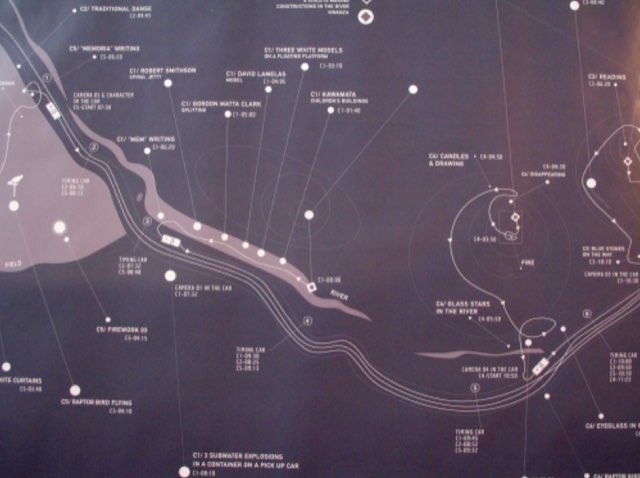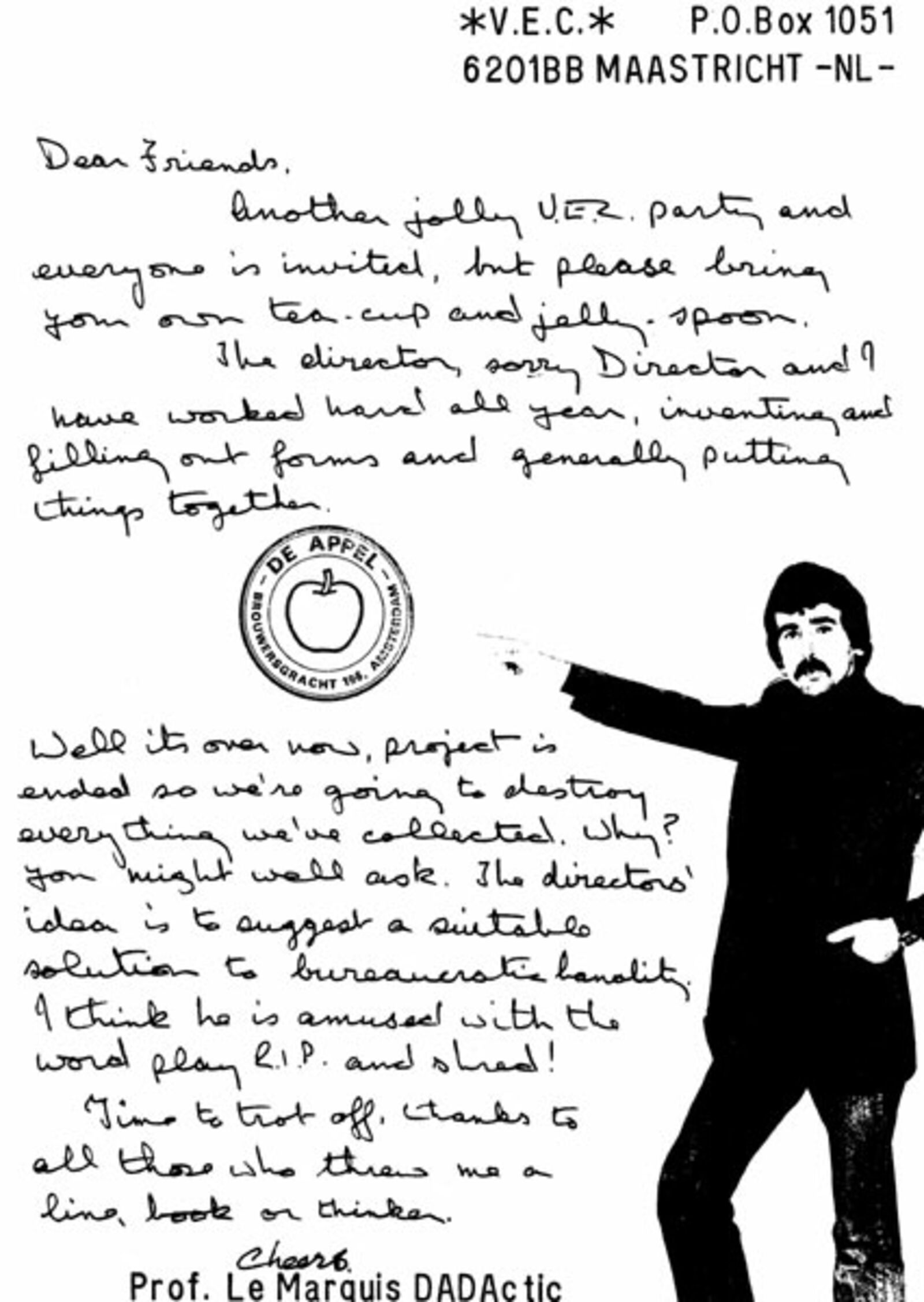Melik Ohanian "Somewhere in Time"
09.09–05.11.2006
de Appel, Nieuwe Spiegelstraat 10, Amsterdam
de Appel, Nieuwe Spiegelstraat 10, Amsterdam
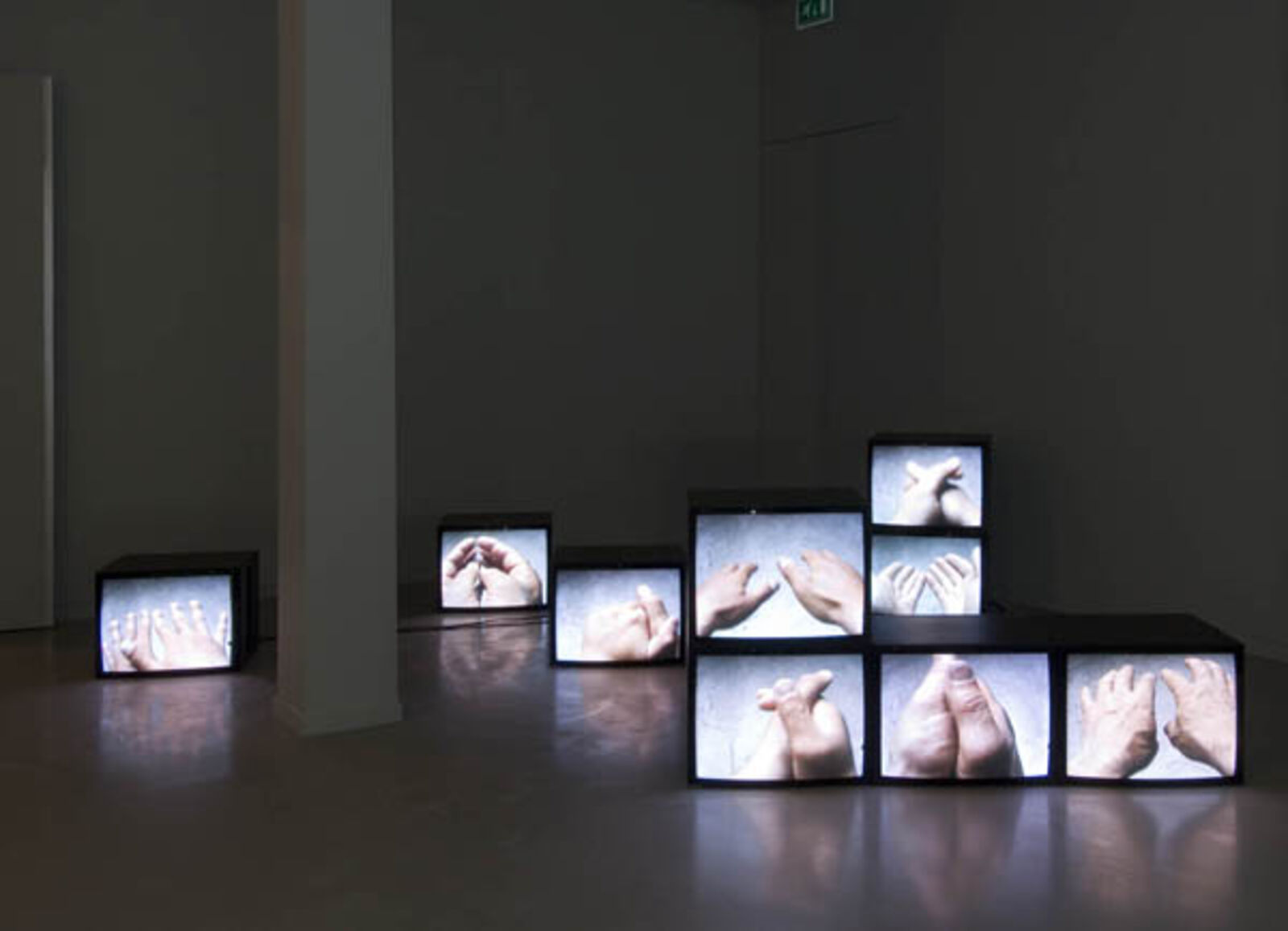
The Hand, 2002
© Peter Cox
© Peter Cox
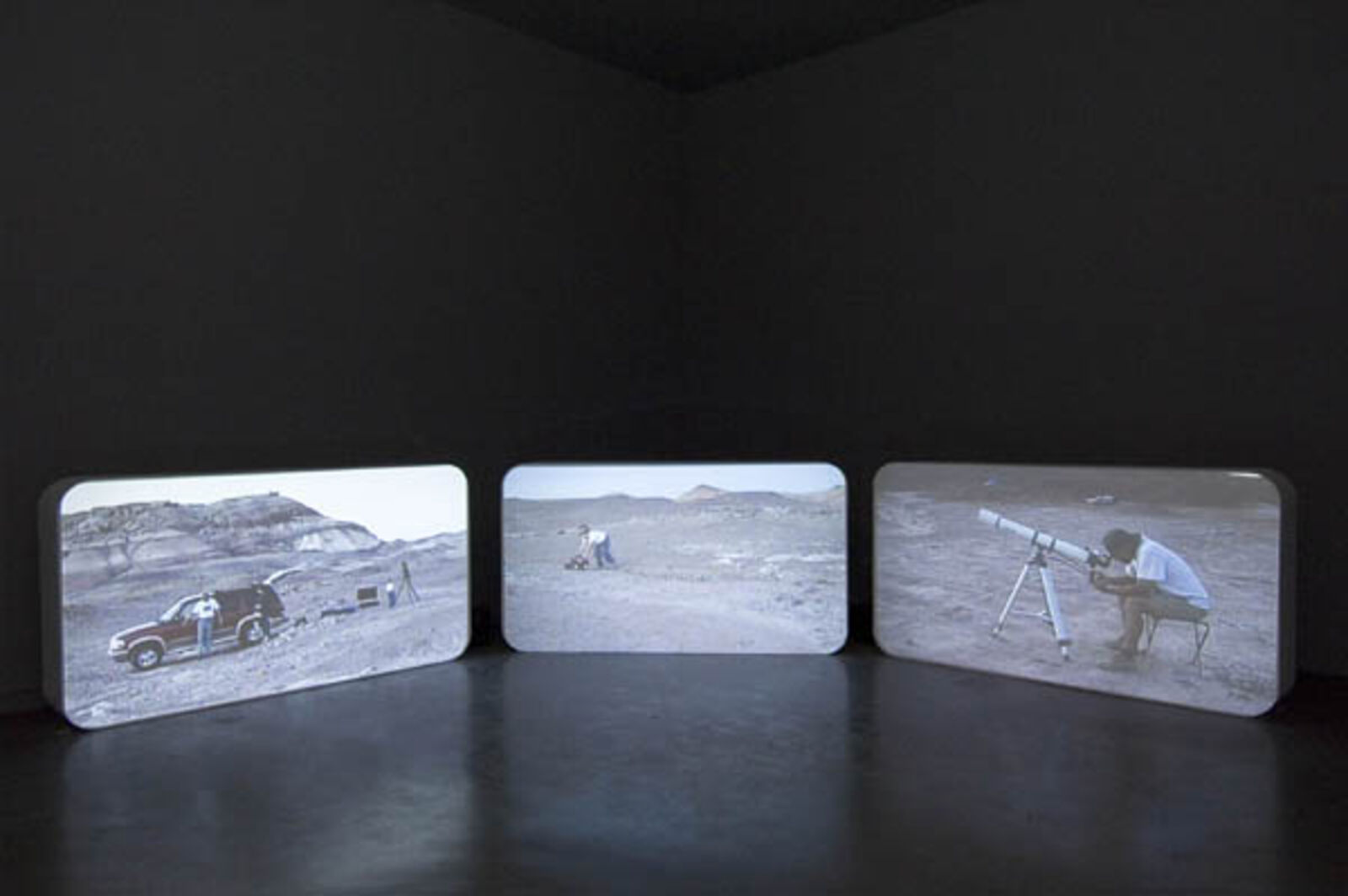
Welcome to Hanksville, 2003
© Peter Cox
© Peter Cox
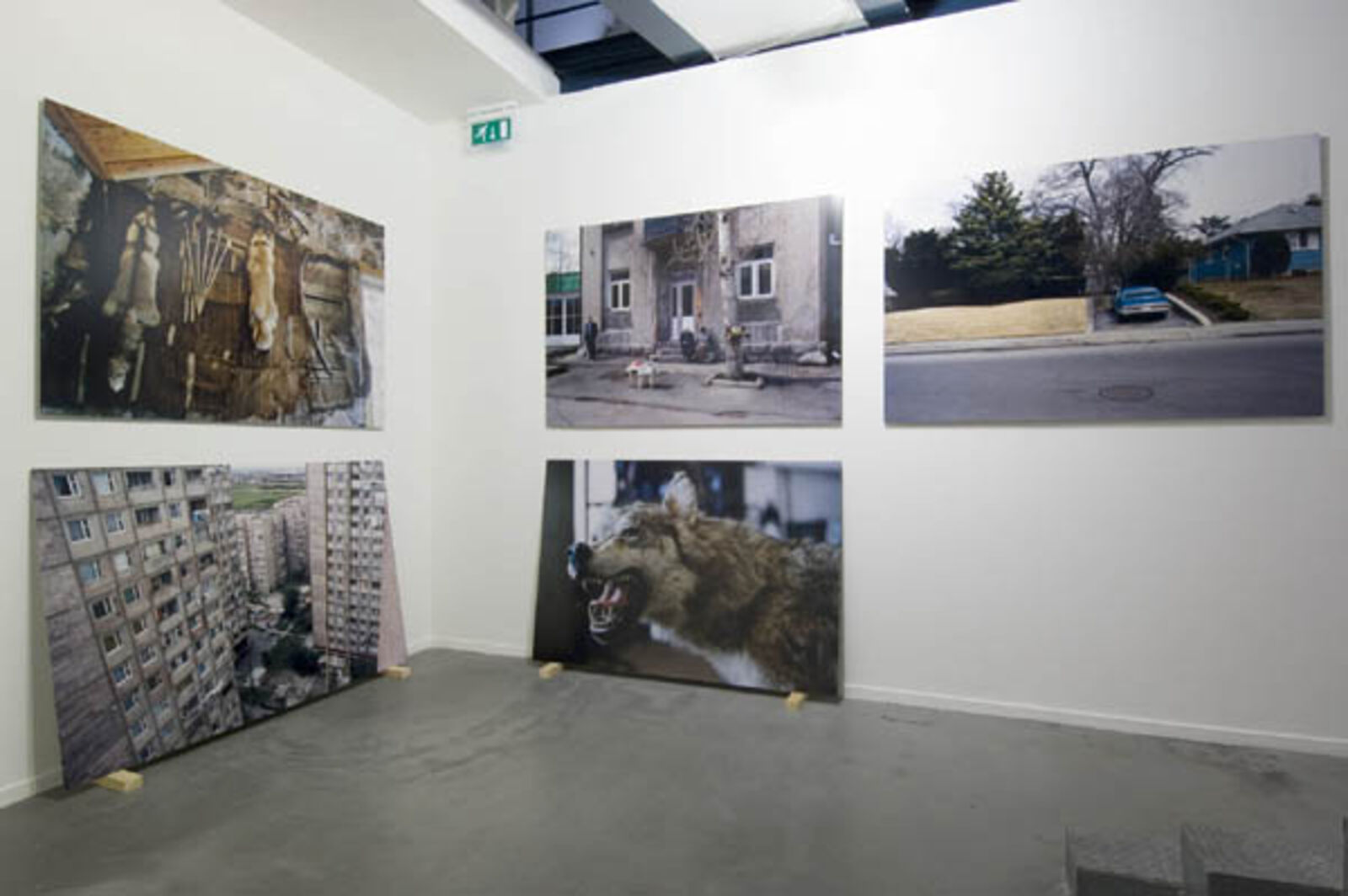
Selected Recording
© Peter Cox
© Peter Cox
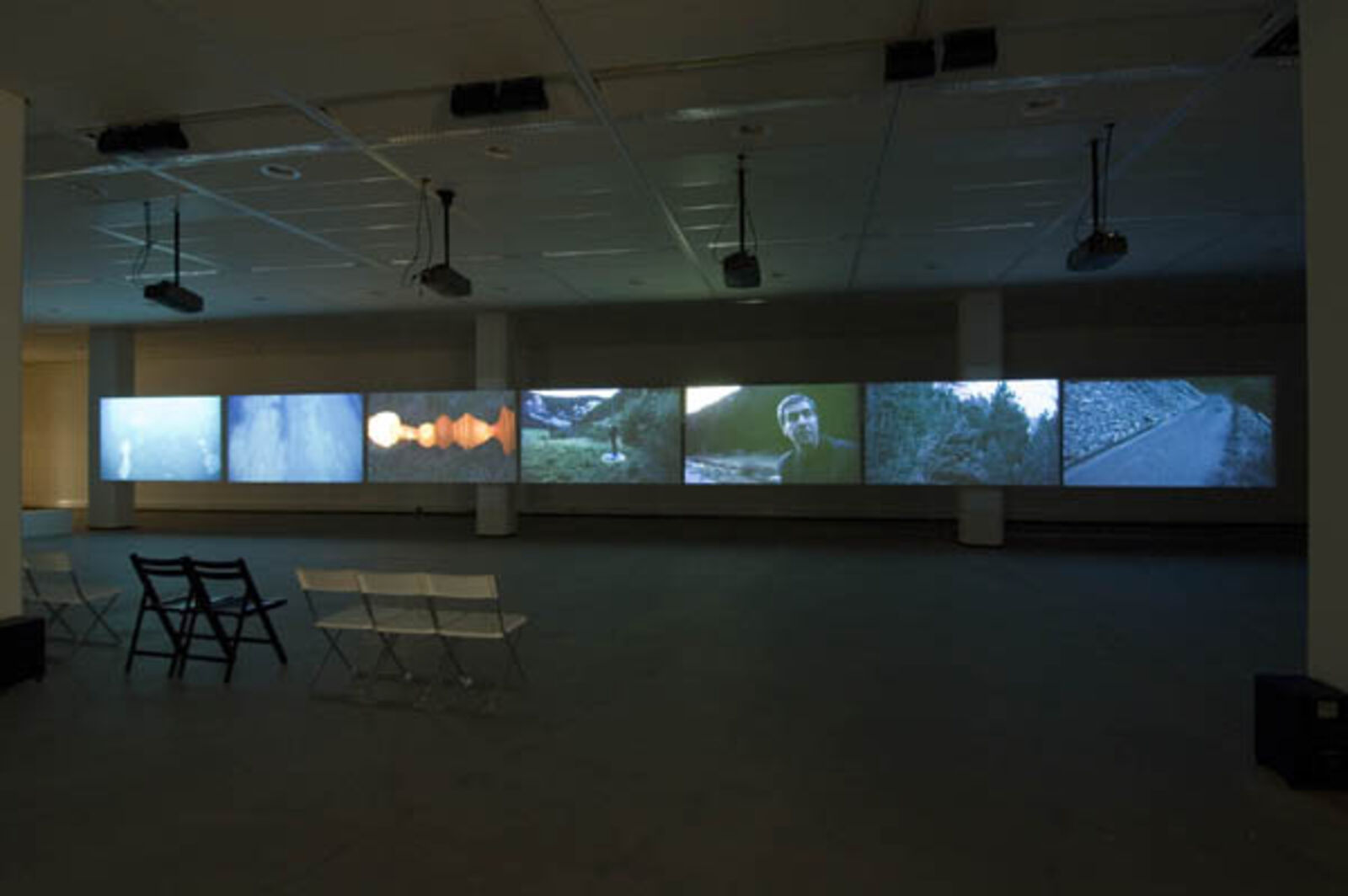
Seven Minutes Before, 2004
© Peter Cox
© Peter Cox
Melik Ohanian (Paris, 1969) is a member of a new group of talented young French artists. He studied at the Academy of Fine Arts in Montpellier and Lyon and made his Paris debut in 2002 for the opening of Palais de Tokyo and at Galerie Chantal Crousel. In 2004 he took part in the Berlin, Sydney and Sao Paulo Biennales. In 2005 he took part in the first Moscow Biennale. At the beginning of this year Ohanian mounted his first solo exhibition in France at IAC ? Institut d’art contemporain in Villeurbanne. In 2003, he published a monograph Kristale Company and Slowmotion. In collaboration with Jean-Christophe Royoux he recently edited Cosmograms published by Lukas&Sternberg, New York as an extension of Seven Minutes Before film. Following Somewhere in Time show de Appel will co-produce his new monograph in 2007.
Melik Ohanian was confronted with the phenomenon of image as medium at an early age observing his father who was involved in photography, and later working on numerous film productions as a freelance cameraman and editor. The notion of the ‘invisible’ image, the existence of multiple realities, the operation of human memory and the relationship between time and space, between the individual and the community, are themes that Ohanian frequently touches on. Ohanian sees the works he produces first of all as ‘instruments’-cum-containers that must be filled with an array of ‘content’. He develops strategies and methodologies for research and presentation. Ohanian does not document; rather, he abstracts and searches for general human qualities, which are poetically evoked. The range of content he covers is broad and extremely varied.
The stories he tells relate to political-social phenomena: the strike of the Liverpool dockworkers in the work White Wall Travelling (1997) or the position of unemployed workers in Armenia in The Hand (2002). He is also interested in the history of film as well as human attempts to fathom the workings of the universe and the solar system representing them in a comprehensible way. In the installation The Half Mast White Flag (2005), for instance, he neutralizes a symbol of federal pride to a universal ‘sign’ of peace and/or surrender and in 2003, attempting to shoot a ‘cosmological event’ gave light to the installation Welcome to Hanksville (2003) where he depicts the Utah desert as an ‘earthly’ Martian landscape.
In collaboration with Imagine IC Ohanian has completed a new version of the work Peripherical Communities, which he has already performed in the outskirts of Paris (2002), Seoul (2003) and Dakar (2005). This is a moving portrait of young slammers in the Bijlmer district of Amsterdam who use hip-hop to express personal opinions of their immediate surroundings and the world beyond. The artist considers the piece as a Recording Tool. As a result, the Amsterdam version will be entirely produced by youngsters from the Bijlmer. From October 21 through November 5. Opening: Saturday October 21, 5 pm.
Besides The Gear (2004) — a large, stainless steel, rotating sculpture —DeïsKa is showing the key work Seven Minutes Before, a 21-minute film displayed on seven adjacent screens. During the summer of 2004 Ohanian filmed seven simultaneous scenes in a small valley in a southeast region of France. The sequences show a convergence of various events, a closed cosmos of landscapes, voices and people. The work is a study of the time-space relationship in film and the way in which multiple story lines suggest the existence of a great meta-narrative. From September 9- October 29.
On October the 22nd the Filmmuseum will be showing Invisible Film (2005) and the film Punishment Park by Peter Watkins (1971), which served as the source of inspiration for Ohanian’s experiment. Punishment Park imagines a detention camp in the Californian El Mirage Desert and records, in pseudo-documentary style, the agony of a group of young students who were imprisoned for their resistance to the Vietnam War. The American government immediately censored Watkins’s film when it appeared in 1971 and has not been shown in the U.S. over 25 years.
Melik Ohanian / Kristale Company – Seven Minutes Before: Topographies and Trajectories – 2004
collection (unintended), 2004
See also
